Welcome to the temple, adventurer.
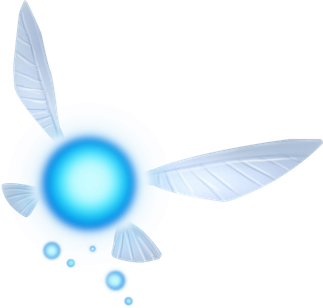
Background
The Legend of Zelda was first released in the United States on the Nintendo Entertainment System (NES) in 1987. Designed by Shigeru Miyamoto and Takashi Tezuka, the original LOZ game used a top-down perspective to follow a boy named Link through the fantasy land of Hyrule on his quest to collect the fragments of the Triforce and save Princess Zelda from the series' main villain, Ganon.
Since 1987, the original game has developed into a 21-part series (only including main games) with multiple timelines and an extensive official chronology. Link has evolved from a pixelated 2D sprite to a fully animated 3D character. Races, cultures, and histories ("lore") have been added and detailed to expand TLOZ's worldbuilding. There is now a fictional religious/spiritual thread running through all of the games as the timelines depend on reincarnation and divine planning.
Favorite Games
Twilight Princess
My personal favorite Zelda game (and possibly favorite video game of all time) is TLOZ: Twilight Princess. This game is unique because it was originally developed for the GameCube and set to release in November of 2005, but ended up being delayed for improvements and eventually released on the brand-new Wii system in November of 2006. On December 11, 2006, the game was also released on the GameCube - this version offered different controls, a mirrored screen, and some story differences from the Wii version. The GameCube version of TP is the final first-party game for the console, as the Wii took its place as the most recent system release of the time. Twilight Princess also has a recently fully complete manga series written by duo Akira Himekawa (A Honda and S Nagano individually) and licensed/published in English by Viz Media. The manga has its own unique differences from both of the games, but it is one of my favorite manga series of all time. I really enjoy the ways in which it deviates from the game material and provides even more lore and history to an already highly-detailed storyline.
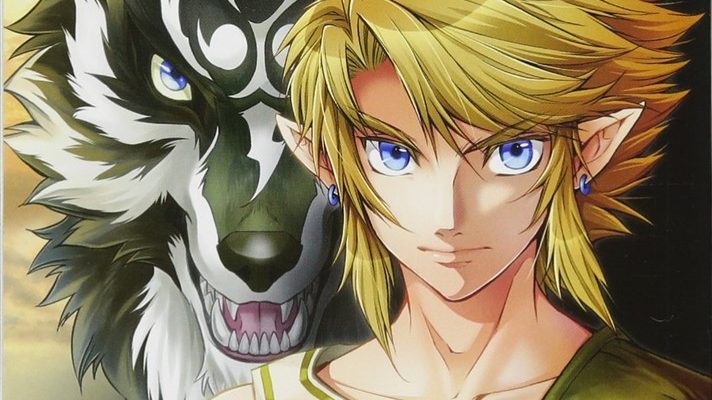
Another reason why TP is so special is its in-game time period. TP is set in the equivalent of the middle ages, and it shows in both game design and included items. This setting provides opportunity to take the story darker than Zelda (or Nintendo in general) would usually ever go - the real-life middle ages began with the fall of the Western Roman Empire, continued through conquests, crusades, religious revolution, and came to an end with war, famine, plague, and the Early Renaissance. Life was dark and difficult, but some of the most iconic pieces of art - from literature to paintings to architecture and more - came from this period, and not just in Europe. A common saying in universities is that if the arts majors are doing well, everyone else is suffering. TP takes advantage of this and uses it as an opportunity to introduce more lore to the timeline that makes certain characters' motivations more realistic and believeable. That being said, many people clowned on the game when it was first released for being "too edgy" without having actually played the game or understanding its purpose in the series, and a lot of the criticism for the game comes from this. There are many things about the game that are worth criticizing, such as the Wii's crappy motion controls and the oft-infuriating camera view, but the game's plot and purpose are nowhere near as bad as many people complain about.
Skyward Sword
My next favorite Zelda game is TLOZ: Skyward Sword. Originally released in November of 2011 on the Wii, SS is special because it serves as the origin story for all Zelda timelines. That is to say, the events in SS are the first to occur and are the starting point for all three main timelines. It's basically the Garden of Eden. SS gets a lot of flack for the Wii's less-than-stellar motion controls and somewhat repetitive gameplay, but no one can deny that it's a unique experience. The game has since been rereleased twice; once on the WiiU (I've never so much as used this console, nor have I ever known anyone who has owned it) and once on the Switch. I own a physical copy that I've played on my Switch OLED and I must say, it's the superior experience. You can choose to use motion controls or button-only controls, the graphics got a major upgrade, and it's overall much smoother and easier to play. The plot of the game itself explains a lot of the in-game religion and reincarnation process. Time travel and deities are fully introduced and set up to support the multiple timelines throughout the series. You get another sassy sidekick in the form of Fi, the sword spirit who was divinely assigned to be your companion.
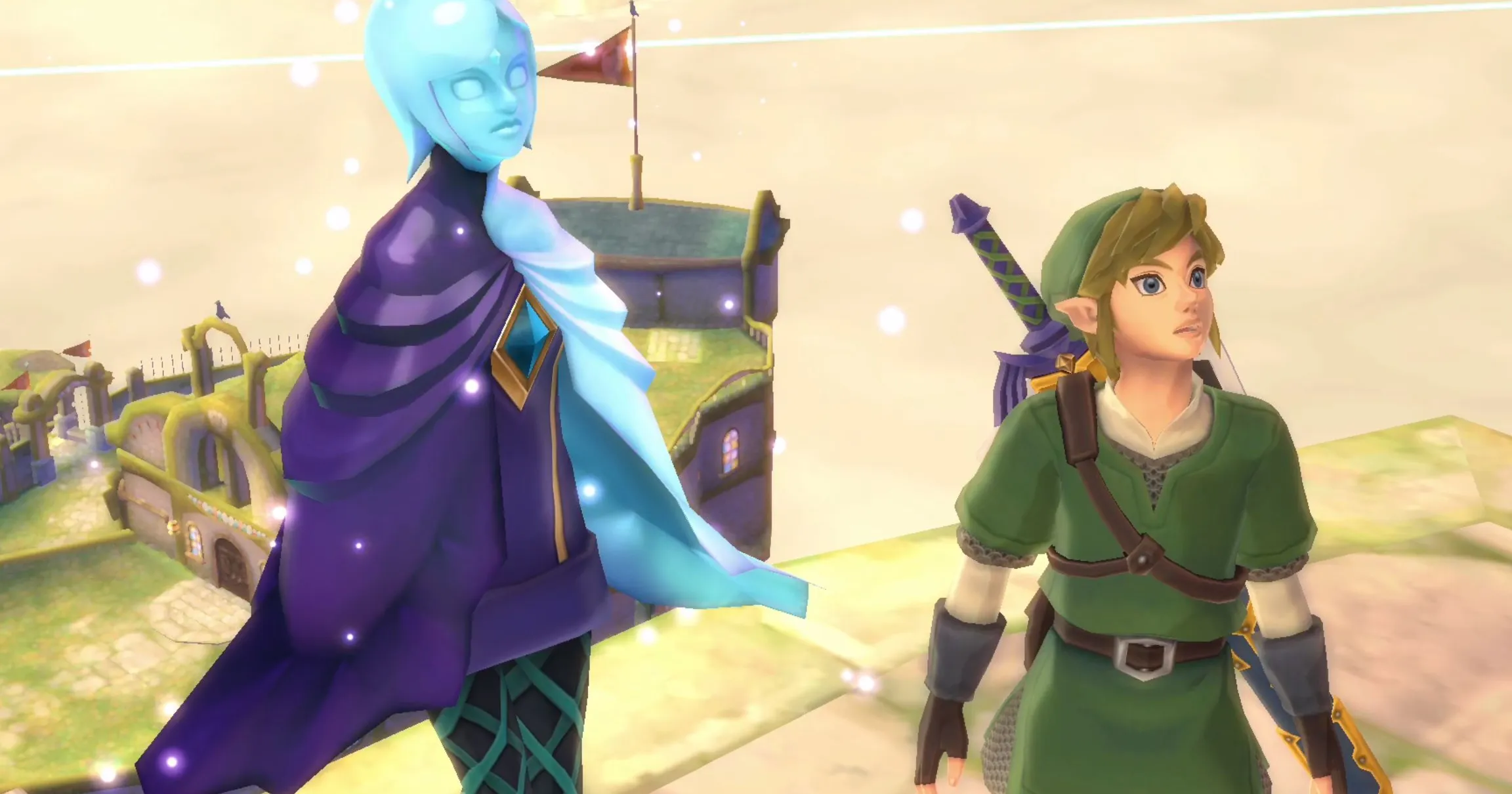
In Skyward Sword, we learn about the creation of the Triforce and the cycle of reincarnation. Without spoiling anything, three Goddesses created the Triforce, a powerful relic that grants its weilder any wish. A Demon King named Demise intended to take control of the Triforce and destroyed much of the land in search of it. The Goddess Hylia collected surviving humans and sent them to a group of islands in the sky so that she could battle Demise without restraint. Hylia is victorious, but she is severely weakened and the Surface is mostly destroyed. Many years pass and the humans in the sky name their new home Skyloft. After generations, most of them believe the Surface is just a myth. The game begins after this all takes place, and once the examples of life on Skyloft are established, Link is awoken in the middle of the night by Fi and led into the statue of the Goddess Hylia at the highest point on Skyloft. Link is told he is the prophesied hero chosen by the Goddess to destroy Demise for good. Link retrieves the Goddess Sword and begins his quest.
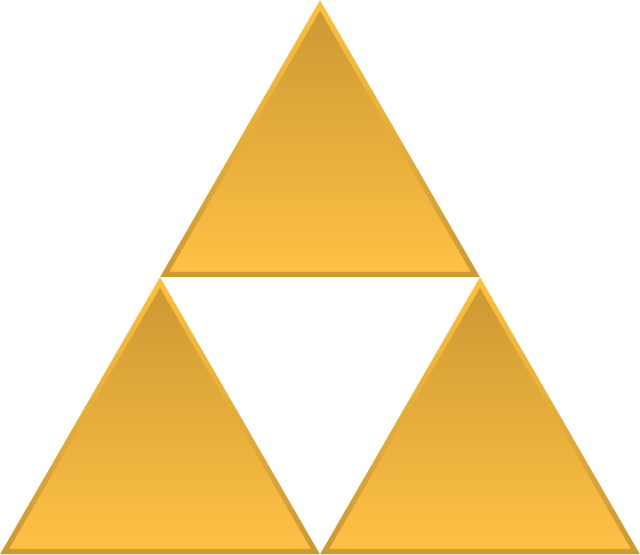
Underrated Bangers
The Minish Cap
The Minish Cap is part of what I call the "universal timeline" - the game's events take place after Skyward Sword, but before any other game. It is part of TLOZ's foundational lore, and is not dependent upon any other timeline. MC was released in North America in January of 2005 for the Game Boy Advance. The game uses a top-down perspective to scroll between screens and a pixelated art style. Minish Cap has been rereleased twice; once on the WiiU's "Virtual Console" (a line of downloadable retro games) in 2014 and again on the Switch via the Online + Expansion Pack membership in 2023.
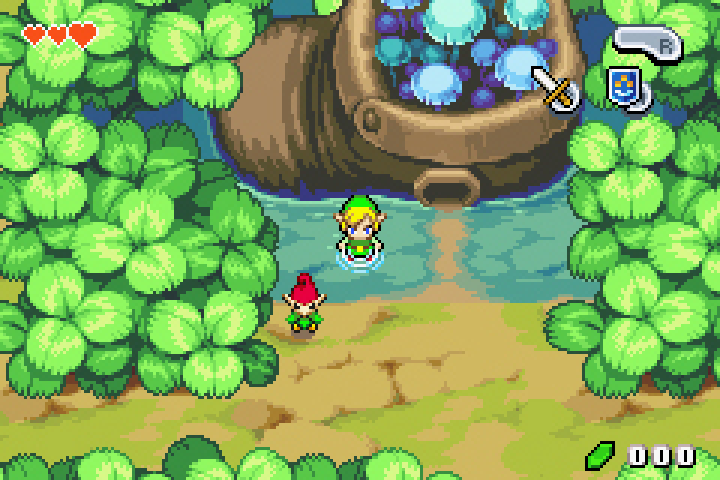
In The Minish Cap, a character named Vaati opens a chest hoping to steal the Light Force, but instead unleashes monsters across Hyrule. Frustrated with this failure, Vaati turns Princess Zelda to stone and flees. Because Link is a child in this game, he is one of the only people who can see and interact with a race of tiny beings called the Picori. Link is tasked with finding the Picori to seek their aid in restoring a sacred blade and saving Princess Zelda.




